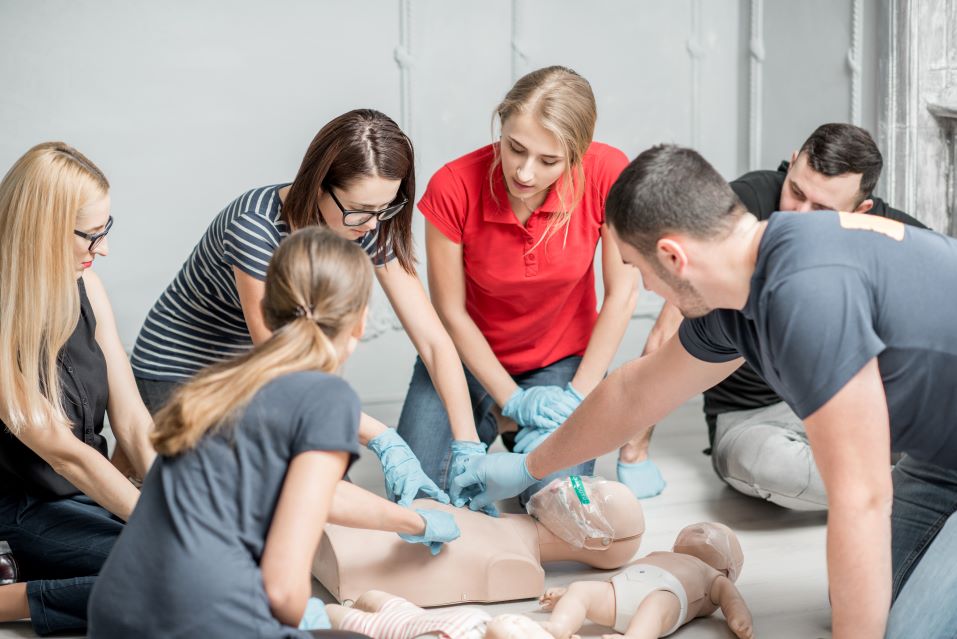Exercise and being involved in any form of physical activity is an important factor in staying fit and healthy. However, there are instances where exercising can become a trigger for asthma.
Exercising that results in a temporary narrowing of the airways are referred to as Exercise-Induced Asthma. The good news is that people with asthma do not have to stop or restrict any physical activity as long as they have proper control and apply careful management of their condition.
What Is Exercised-Induced Asthma?
Exercise-induced asthma (EIA) occurs when your airways get smaller or narrowed down during exercise, making it hard for you to breathe. It is followed by having standard asthma symptoms such as coughing, wheezing, and shortness of breath during or after physical activity.
Take note that about 90% of people with existing asthma can experience EIA during and after exercise, but people without asthma can get it too. Around 10% of people without pre-existing asthma may suffer from EIA at some point.
Anyone can get exercise-induced asthma, including small children, teenagers, and adults.
What Causes EIA?
As you exercise, your breathing becomes faster and deeper due to an increase in oxygen demands in your body. Your standard response is to inhale through the mouth, which can cause the air to be drier and cooler than when breathing through the nose. The dry and cold air can trigger airway narrowing or bronchoconstriction.
While the usual response for breathlessness after exercising is to rest, someone with EIA can experience symptoms for the next 15 to 30 minutes if left untreated.
Other triggers that can make symptoms worse include:
- Pollution levels
- High pollen counts
- Exposure to other irritants or triggers, such as smoke and strong fumes
- A recent cold or asthma episode
People with exercise-induced asthma should do some warm-ups and stretches before the actual exercise. Inhalers and other medications should be on hand in case an episode happens.
How To Exercise With Asthma?
We do not recommend that people with asthma should avoid any form of exercise. As long as you have your condition under control, exercising can do good in keeping your lungs and body in good shape. The key to safe exercising is to make sure your asthma is controlled before you start.
If you have asthma triggered by exercise, follow your asthma action plan prescribed by your doctor.
- Keep your blue rescue inhaler on you at all times – when running, at the gym, or doing workouts at home.
- Check if your asthma is under control. Know whether your symptoms get worse or get out of hand. If asthma symptoms are not under control, exercise could be dangerous.
- Protect yourself from other asthma triggers while you are doing some exercise. Stay away from the cold air, smog, pollen, etc.
- If you are experiencing some symptoms, stop immediately and take your blue inhaler. If the medicine is not working, call triple zero (000) and perform necessary first aid steps, including CPR.
Here are other things you can do to manage exercise-induced asthma
- Do a warm-up by having a light exercise for 15 to 20 minutes before you start. This will help reduce your risk of having symptoms.
- Use your asthma reliever for 5 to 10 minutes before doing any exercise.
- Keep your reliever medication close by at all times.
- Give yourself time to cool down after exercise.
Asthma First Aid
The goal is to be able to exercise without experiencing any life-threatening symptoms. Most people with asthma can still take part in playing sports or be as active as they can. All they need to do is work with their healthcare provider and follow their Asthma Action plan.
Learn more about asthma triggers in a Provide First Aid Course.








